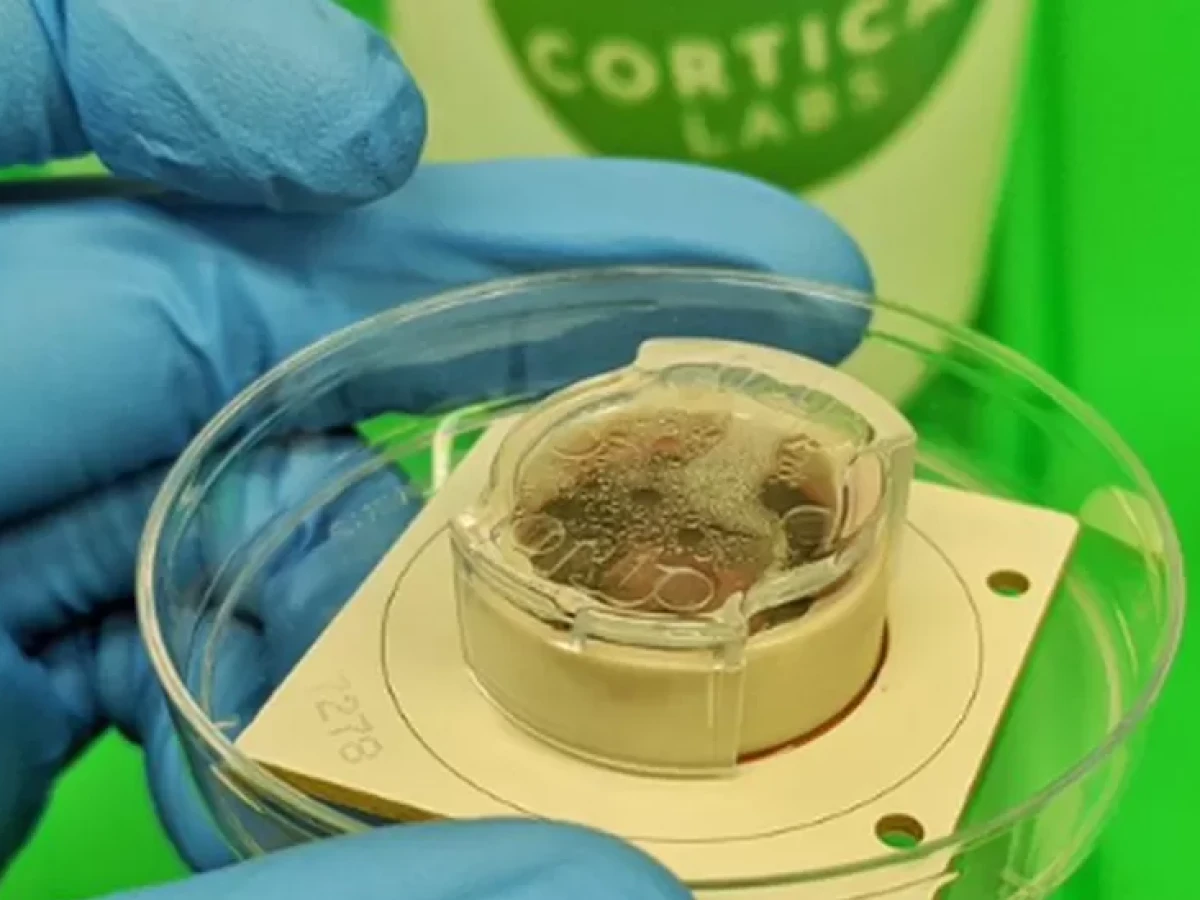
From Frankenstein to laboratory brains
‘Mini-brains’ were first produced in 2013, to study microcephaly, a genetic disorder.
By
Azuhaar Abdul Azeez
Author Mary Shelley made quite the impact with her novel Frankenstein back in 1818, so much so that Frankenstein has become part of global culture, and Earth’s heritage today. The fictional mad scientist in her novel, Victor Frankenstein had assembled his monster by collecting various body parts from dead men, sewing them together and then using the power of electricity to pulse life into the monster’s brain, jump-starting the heart and bringing the creature to life. The creature's journey is another story.
Point to note from Frankenstein is how the author had revealed and universalized to quite an uneducated population back in the early 19th century, the presence of electricity in human bodies.
Two contemporary scientific advances of the time—both of which were concerned with probing the boundaries between the living and the dead—figure prominently in the novel. The first was the discovery that it was sometimes possible to resuscitate people who appeared to have died by drowning, and the second was the emerging field of electrophysiology, which investigated the effects of electricity on animal tissues.
Electricity is required for the nervous system to send signals throughout the body and to the brain, making it possible for us to move, think and feel. The natural elements in living things, like sodium, potassium, calcium, and magnesium, have a specific electrical charge and aids in conducting electrophysiology within all living creatures.
However, Dr Frankenstein’s approach is not feasible even in today's advanced world.
From Frankenstein to lab-grown brain cells
As much as the Frankenstein novel had both fascinated and terrified readers for generations, and scientific studies had revealed how electricity can pass through even dead animals, causing spasms and twitches in the corpse, the theory still remains incomplete.
On the other hand, Dr Brett Kagan, of the company Cortical Labs, in Australia, claims to have created the first ''sentient'' lab-grown brain in a dish on 13 October 2022.
‘Mini brains’ were first produced in 2013, to study microcephaly, a genetic disorder where the brain is too small, and have since been used for research into brain development.
The researchers at Cortical Labs say they've managed to grow brain cells in a lab that have learned to play a video game from the 1970s called Pong.
Pong is a bit like a simple tennis game, where you move a bar on one side of the screen to bounce away a small square ball and prevent it from slipping past you.
The 'mini brain', which is made up of 800,000 cells, was grown in a dish using stem cells, as well as cells taken from mice embryos. The mini brain was connected to the game using electrodes which sent messages about where the ball and paddle was on the screen. In response, the cells produced electrical activity of their own, learning to play the game in just five minutes.
Although the mini brain frequently missed the ball, its success rate was well above random chance.
The researchers say their mini brain can sense and respond to its environment. However, as it has no consciousness, which is the ability humans have to recognise what's going on around them, the mini brain isn't actually aware it's playing Pong in the way a human player would be, the researchers have stressed.
Other experts in the field have described the research as ''exciting'', but they say calling the brain cells sentient, which describes the ability of someone or something to understand or feel things, and which researchers at Cortical Labs have said about their cells, is going too far.
"We could find no better term to describe the device”, Dr Brett Kagan said.
''It is able to take in information from an external source, process it and then respond to it in real time".
Dr Kagan hopes the technology might eventually be used to test treatments for neurodegenerative diseases like Alzheimer's, but for now the mini-brain will focus on beating its own high score.
While human research into the nano world of microorganisms is revealing fantastic discoveries into the human body, brain and consciousness, growing a conscious brain in a lab is still a far-fetched idea that even the most ambitious scientists are hesitant to approach.
Mary Shelley created a mad scientist who successfully ignited life within a body assembled with corpse-members, but this is only a science fiction novel, and the most advancement scientists have made in understanding the human brain is still on a petri dish.




